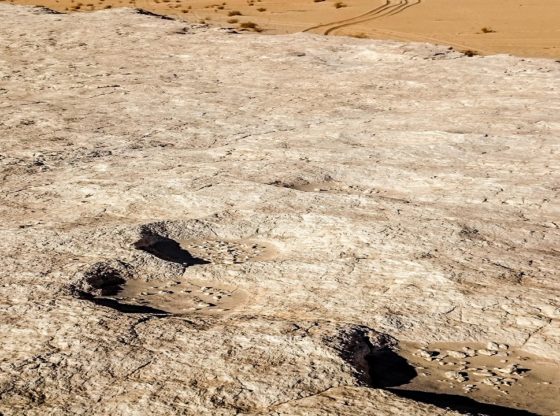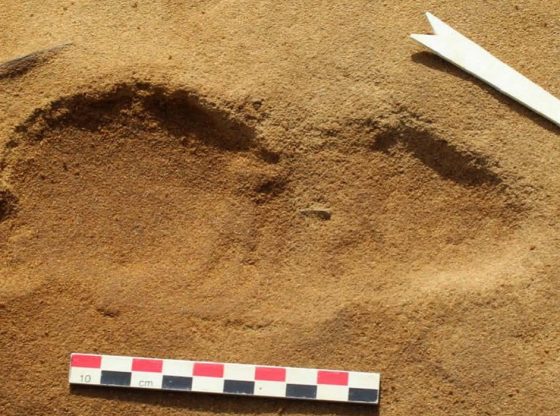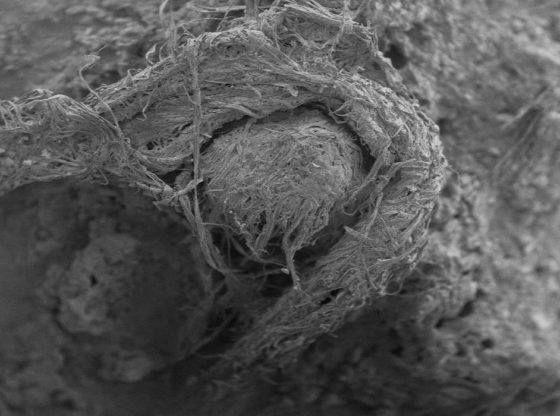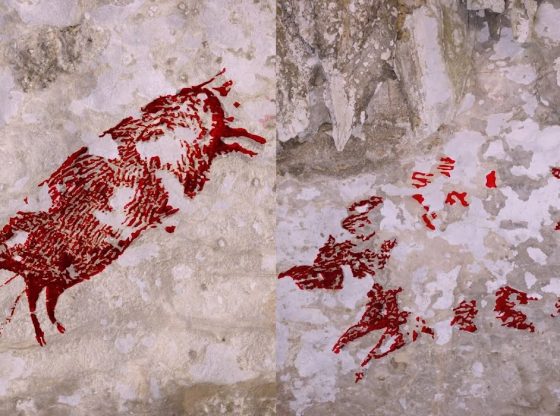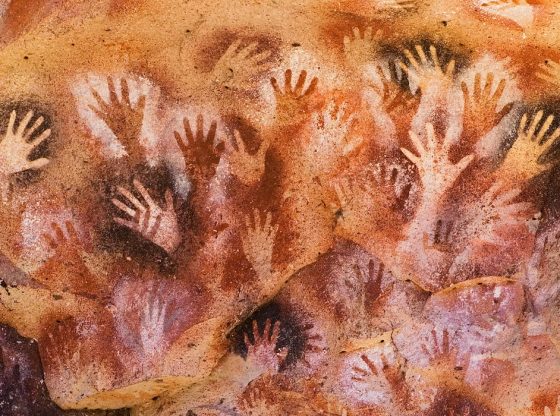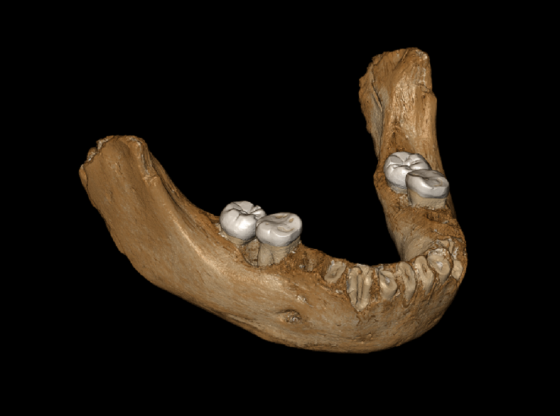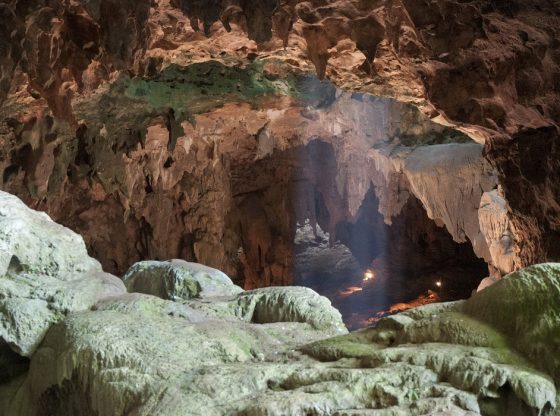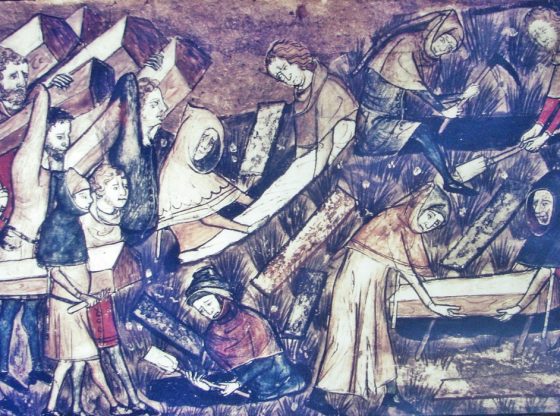The Neanderthal diet was green. New findings reveal that the Neanderthals ate their vegetables.
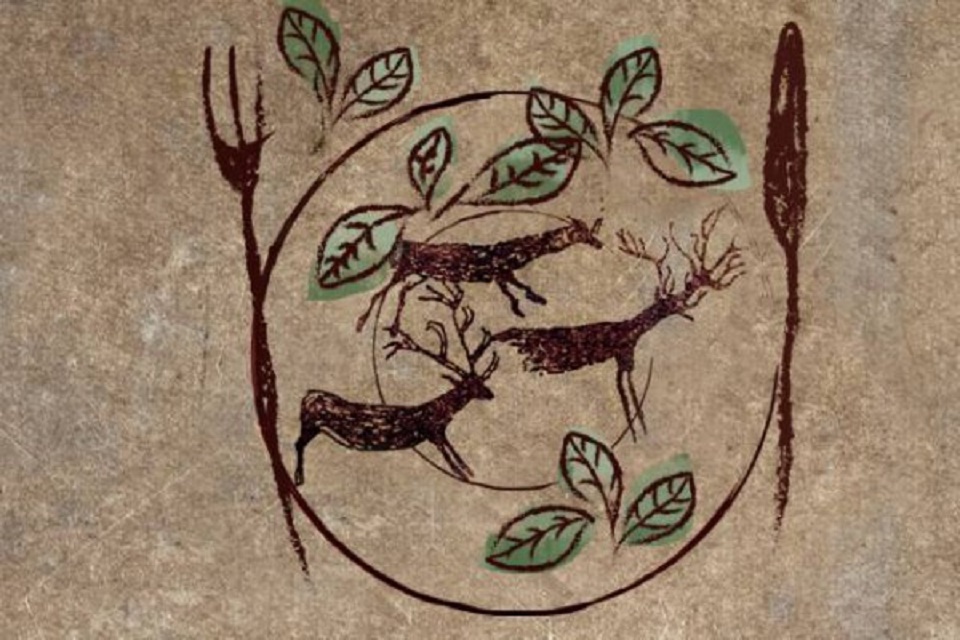
]It was previously assumed that Neanderthals were strictly carnivorous and eating mostly red meat. This assumption was based on the large amounts of bones from reindeer and mammoths that have been discovered at several prehistoric Neanderthal settlements.
Meat, Animal Fat, and Vegetables
But recently some 50,000-year-old petrified Neanderthal feces was found that indicated the opposite. The feces provides evidence that the Neanderthals ate a much more varied diet than thought.
The feces was found near an ancient fireplace at El Salt in southern Spain. And scientists from MIT and the University of La Laguna in Spain identified the feces as of human origin and began analyzing it.
The analysis of fossil traces shows markers from both fat and meat in large quantities, which was exactly as expected. But the scientists then also found many plant substances. And pollen analyses indicate that buds, berries, and nuts were a big part of the Neanderthal menu.
“We believe Neanderthals probably ate what was available in different situations, seasons, and climates,” says Ainara Sistiaga, a graduate student at the University of La Laguna who led the analysis as a visiting student at MIT.
Neanderthal Reinterpretation
The findings are surprising, but it is certainly not the only surprising discovery concerning Neanderthals in recent years. For whom scientists have made a complete reinterpretation of. Not only do many of us living today still have genes from them. They were both red-haired and blonde. They played music, expressed themselves with cave paintings and adorned themselves with jewelry. They laid flowers on their graves and evidently mourned their lost ones.
Sistiaga adds; “We have passed through different phases in our interpretation of Neanderthals,” “It’s important to understand all aspects of why humanity has come to dominate the planet the way it does,” co-author Roger Summons adds, a professor of geobiology in MIT’s Department of Earth, Atmospheric, and Planetary Sciences. “A lot of that has to do with improved nutrition over time.”.
The study has been published in the journal PLoS ONE.
_______________
The Neanderthal Meal: A New Perspective Using Faecal Biomarkers
______________________________



